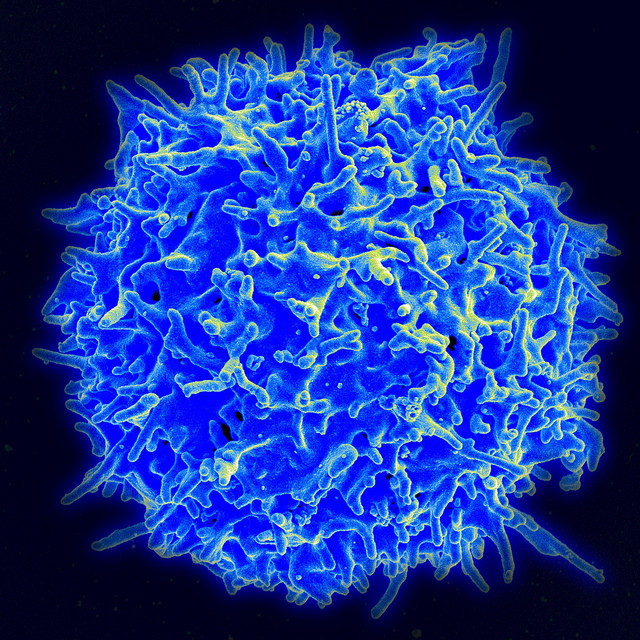#Inhibitory neurons target weakest-responding neurons in brain for signal transmission

“#Inhibitory neurons target weakest-responding neurons in brain for signal transmission”

When looking at a complex landscape, the eye needs to focus in on important details without losing the big picture—a charging lion in a jungle, for example. Now, a new study by Salk scientists shows how inhibitory neurons play a critical role in this process.
The study, published May 25, 2021, in the journal Cell Reports, shows that inhibitory neurons do more than just inhibit neuron activity like an off-switch; paradoxically, they actually increase the amount of information transmitted through the nervous system when it needs to be flexible. To make this possible, inhibitory neurons need to be integrated into the circuit in a specific way. These observations could help scientists better understand and treat disorders involving our ability to focus and modulate signals based on the bigger picture, which are altered in conditions such as anxiety and attention deficit disorders.
“This work points to a new role for inhibitory neurons, which are usually just thought to be suppressors and organizers of activity,” says Professor Tatyana Sharpee, who led the study. “The role of inhibitory neurons extends much further. By targeting only the most sparsely responding neurons, inhibitory neurons make it possible for the whole circuit to function well. That’s completely new.”
The new work was motivated by unanswered questions from a previous study of the diversity of response rates among neurons in the retina. The retina is a part of the eye that converts lights to electrical signals to be sent to the brain. “Remarkably, when we looked at retina cells that were not responding very much, their rates of information transfer actually increased in the presence of modulation,” says first author Wei-Mien Hsu, a postdoctoral fellow in the Sharpee lab. “The trick for making this unexpected phenomenon possible is to apply the modulation signal via inhibitory neurons.”
While the researchers tested the theory in neurons involved in vision, the findings could apply widely to neurons found throughout the brain and nervous system, adds Sharpee, who holds the Edwin K. Hunter Chair at Salk.
The next step in this line of research is to study how the phenomenon works in large sets of neurons.
How neural circuits achieve a balance between excitation and inhibition
Wei-Mien M. Hsu et al, How inhibitory neurons increase information transmission under threshold modulation, Cell Reports (2021). DOI: 10.1016/j.celrep.2021.109158
Citation:
How neurons get past ‘no’: Inhibitory neurons target weakest-responding neurons in brain for signal transmission (2021, June 24)
retrieved 25 June 2021
from https://medicalxpress.com/news/2021-06-neurons-inhibitory-weakest-responding-brain-transmission.html
This document is subject to copyright. Apart from any fair dealing for the purpose of private study or research, no
part may be reproduced without the written permission. The content is provided for information purposes only.
If you liked the article, do not forget to share it with your friends. Follow us on Google News too, click on the star and choose us from your favorites.
For forums sites go to Forum.BuradaBiliyorum.Com
If you want to read more Like this articles, you can visit our Science category.



